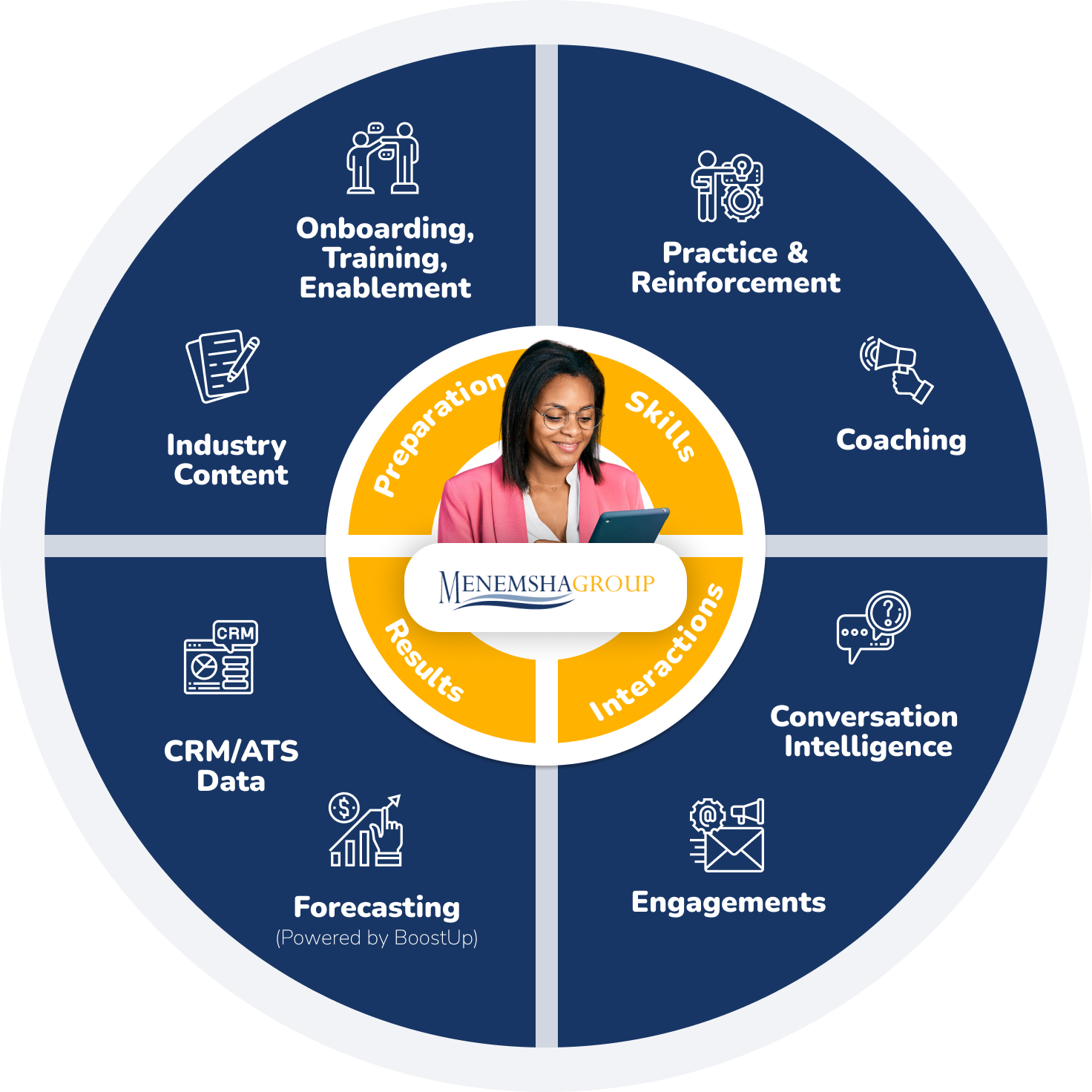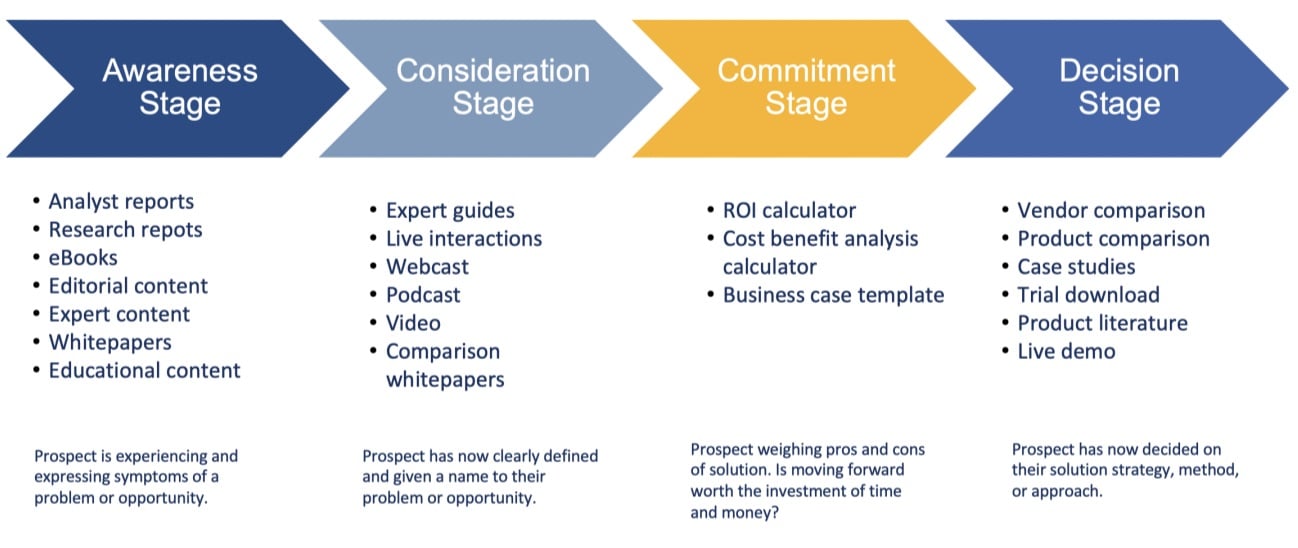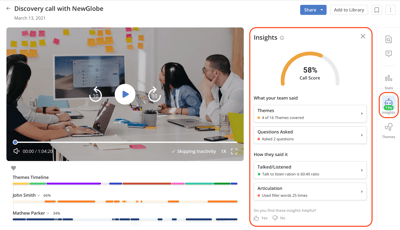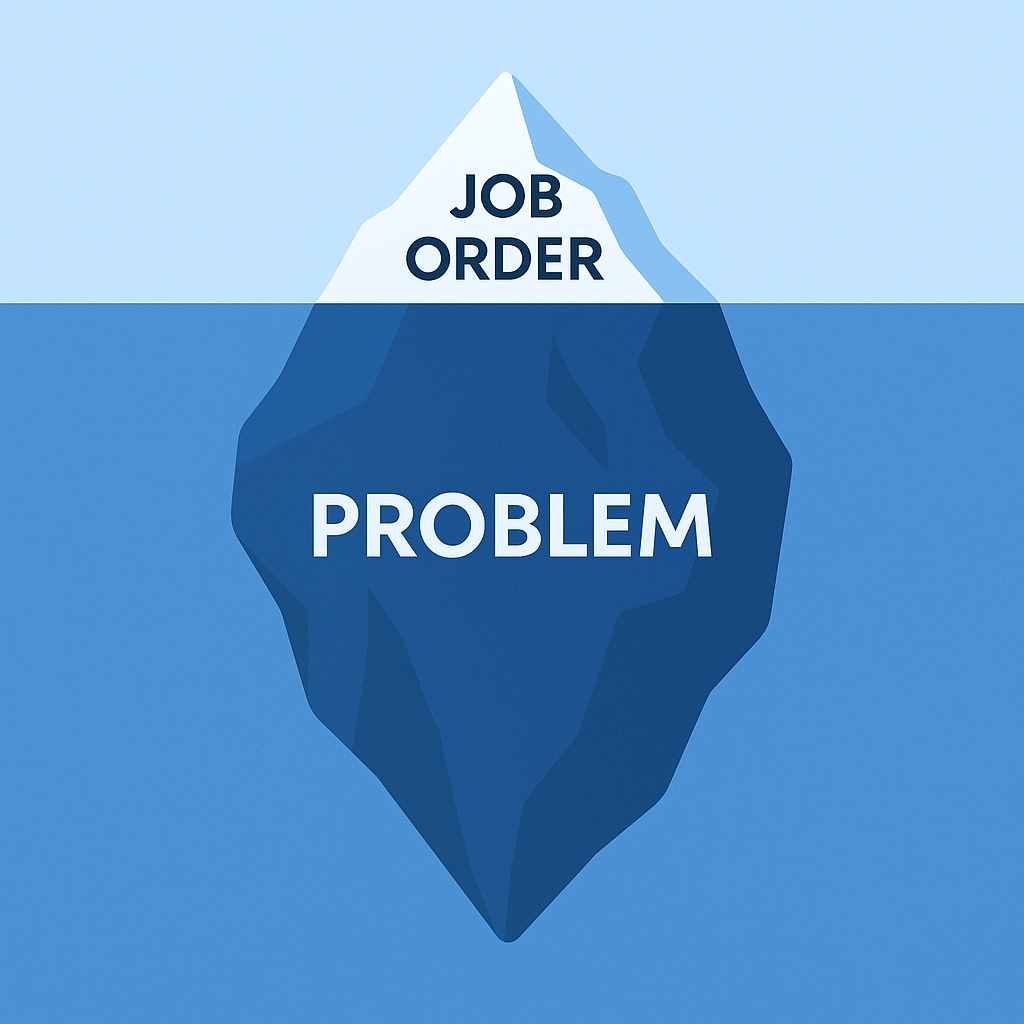Selling With Your Consultant
In my previous post, How to Prevent Unexpected Contract Terminations, I shared how systemizing consultant and client check-ins at key milestones...
6 min read
![]() Dan Fisher
:
May 2, 2023 8:34:00 AM
Dan Fisher
:
May 2, 2023 8:34:00 AM

Did you know that just 24.3% of sales representatives met or exceeded their quota last year? That is according to a study from Sales Insights Lab. Mindtickle's 2022-2023 State of Sales Enablement Outlook Report found that only 26% of sellers achieved 90% or more of their sales quotas.
With so many sellers missing quota, revenue leaders are asking themselves, what’s going wrong?
In this blog post I’m going to highlight six reasons why your sales productivity, quota attainment is in decline and how to fix it. But first, let's make sure we understand sales quotas and their purpose.
What are Sales Quotas, and Why are They Important?
A sales quota is the performance expectation that sellers must achieve during a set time period to earn their target incentive pay. Quotas are also called goals or targets and are designed to increase seller motivation.
Sales quota attainment is typically expressed as a percentage and can be calculated by dividing the number of actual sales by the quota amount (target) given. For example if you booked $275,000 in gross margin and your quota was $300,000 your quota attainment would be 91.6% (275,000 ➗ 300,000 = 0.916). Missed quotas not only lead to missed company objectives, but could also be a sign that your sales reps need more support or a change in strategy.
Sales enablement teams work with leadership to design and deploy sales enablement programs that support salespeople in achieving their sales quotas and the strategic objectives of the organization. Sales enablement teams also monitor sales quota attainment to ensure their programs are focused on helping each seller meet and beat their sales quota.
Related: How to Establish Fair, Challenging Sales Quotas
Here are six strategies for enabling salespeople to meet and exceed their sales quotas.
You're Lacking Awareness Stage Content and Value Messaging
Sales enablement content is any content designed to help customer facing employees prepare for interactions with prospects and customers. Examples include playbooks, battlecards, cost justification tools, scripts and so on. To compel customers to take action and advance through their evaluation and buying process, salespeople need content for each stage of the buyer’s journey.
To successfully engage customers at the top of the funnel and help them move forward, salespeople need awareness stage content. In the awareness stage of the buyer’s journey, salespeople need to help buyers create a future vision for success. Without this future vision of success, the customer cannot move to the consideration stage or the decision stage (buying stage). As a result, the customer goes dark and the opportunity stalls.
Salespeople also need to be enabled to engage prospects earlier in the awareness stage because it is far easier to co-create a vision of future success before the buyer has been influenced by the competition, industry influencers or peers. But you can’t do this without the right content and messaging.
Awareness stage content is more important than ever because it helps salespeople engage new prospects earlier and prepares them to be relevant, valuable and differentiating with every interaction. However, the decision stage (not the awareness phase) is where salespeople want to invest their time and energy and it is the phase most sales training teams focus on when providing content and training services. This is a big mistake.
The majority of sales training content created by staffing and recruiting firms focuses on teaching salespeople how to take a job order, pitch a candidate, or get candidate interview feedback. The reality is, salespeople need content and messaging to execute the top of the sales funnel. This is where salespeople struggle the most. This is where you make your sales quota!
Ask yourself, how well does your sales training content and sales training services align with the awareness stage of the buyer’s journey?
Your Training Only Focuses on New Hire Onboarding
A solid sales onboarding program is proven to get you closer to your revenue growth goals. On average, sellers at winning organizations take four weeks to complete sales onboarding and are fully ramped in four to five months, 40%-50% faster than the industry average.
The challenge with sales onboarding however is information overload and the forgetting curve. Research from Ardent Learning shows that most people have forgotten between 84% and 90% of the information they learned within days of completing sales onboarding
Instead, organizations must incorporate spaced reinforcement if they expect their reps to retain the information and apply it in the field.
If your sales training stops at the conclusion of new hire sales onboarding, now is the time to start incorporating spaced reinforcement and continuous learning.
Sales Reps and Sales Managers Don’t Know Why They Lose Deals
Most sales reps struggle to pinpoint exactly where they went wrong on lost deals. Best case scenario, they point blame, either at the recruiter or the candidate, or both. The reality is, sales reps can’t clearly articulate what went wrong and what they could have done differently because they just don’t know. They don’t remember. And that makes it pretty difficult to prevent the mistake from happening again in the future. And front line sales managers don’t have the time to sit in on every call or meeting.
to prevent the mistake from happening again in the future. And front line sales managers don’t have the time to sit in on every call or meeting.
Enter Conversation Intelligence (Call AI) software. Conversation Intelligence, such as our Call AI software, enables managers and reps to physically see and hear what happens in the field. With Call AI, managers can identify and diagnose skill and knowledge gaps within the context of real customer conversations and then provide coaching to remedy those gaps and close more deals. Without this insight, managers and reps are forced to make assumptions.
Your Sales Managers are Failing to Coach (or are poor coaches)
A study conducted by the American Management Association found that firms that provide optimal sales coaching achieve 17% greater annual revenue growth than those that don't. Another study conducted by CSO Insights found that organizations that have a formal coaching program achieve 28% higher win rates.
Sales coaching, when done effectively, has a massive impact on sales rep productivity and sales quota attainment. But too often sales coaching isn’t executed effectively or consistently. Far too often there is no top-down approach to sales coaching including accountability, or a common framework from which to coach. Many managers feel the need to be a “subject matter expert”. They believe they have a responsibility to tell their employee what is wrong and how to fix it. While there is a time and place for this type of direct approach, this is NOT coaching.
Giving feedback by itself rarely results in behavioral change because the employee is not receiving the feedback willingly and they are not necessarily agreeing with the feedback. They are listening out of obligation. Instead, managers need to be enabled with coaching skills and a coaching framework.
You’re Not Tracking and Measuring the Right Sales Enablement Metrics
A study from CSO Insights shows that only 24% of sales enablement teams are able to measure the ROI of their programs. This is a HUGE problem. Without consistent tracking and measurement of your sales enablement programs, you can’t understand how your efforts are impacting sales effectiveness and sales quota attainment. Nor can you iterate to improve your programs. And you certainly can’t get the additional resources and support you need from executive leadership without the data.
Many organizations claim they measure impact but usually this means they are tracking attendance, course completion, and engagement metrics. Usage data is important, but it falls well short. A rep may complete all of their training but continue to miss sales quota.
Instead, organizations must regularly track and measure a wide ranging spectrum of sales skills and knowledge over time to understand how their programs are impacting sales performance and quota attainment. Of course, these metrics vary from organization to organization, but there are some standard metrics that can and should be tracked by all.
For example, organizations can (and should) track each individual’s performance against their ideal rep profile. An ideal rep profile (IRP) is a profile of your ideal sales rep that is likely to succeed in your organization. Your IRP includes the specific characteristics that make the rep “ideal,” including the skills, knowledge and behaviors a rep must have to consistently meet quota. You should be tracking and measuring your rep’s improvement of each skill, competency and behavior over time.
quota. You should be tracking and measuring your rep’s improvement of each skill, competency and behavior over time.
Sales leaders should also be leveraging data from sales conversations to measure how training is (or isn’t) being applied in the field. Simply knowing if your reps are succeeding or failing is not enough. You need to understand why there is a success or why there is a failure. In short, sales leaders need to see and hear if their reps are selling the way they’ve been trained to sell. Conversation Intelligence software automates this process.
Related: The Definitive Guide to Tracking and Measuring Sales Training ROI
Your Sales Training & Enablement Strategy is Reactive and Random
If you find it difficult to consistently focus on building and deploying sales enablement programs for your team, you’re not alone. Most sales training programs are ad-hoc and reactive at best. Many try to improve sales productivity by automating their sales and marketing processes, but this strategy side-steps the issue all together. Others acquire learning management systems (LMS) and other point solutions on the cheap, thinking the tool will solve their sales productivity challenges. (Related: Why You Can’t Train Reps or Recruiters with an LMS). And others send their sales teams to training events, hoping they come back "fixed" and ready to exceed their quota.
What these organizations share in common is a lack of a sales enablement strategy. To achieve consistent, scalable and repeatable growth, organizations need a sales enablement strategy that aligns with and supports the sales strategy and strategic objectives of the organization. And there is a clear business case to be made for this; Research from Mindtickle and Heinz Marketing found that 78.6% of organizations with a formal sales enablement program met 100% of their sales quota.
To learn how to build a sales enablement program for your team to consistently crush their sales quota, download our eBook, The Staffing Leaders Guide to Sales Enablement.

In my previous post, How to Prevent Unexpected Contract Terminations, I shared how systemizing consultant and client check-ins at key milestones...

About a year ago, I was serving as the fractional revenue leader, managing sales and recruiting for a client.

If you’ve worked in staffing long enough, you’ve been trained to chase job orders.